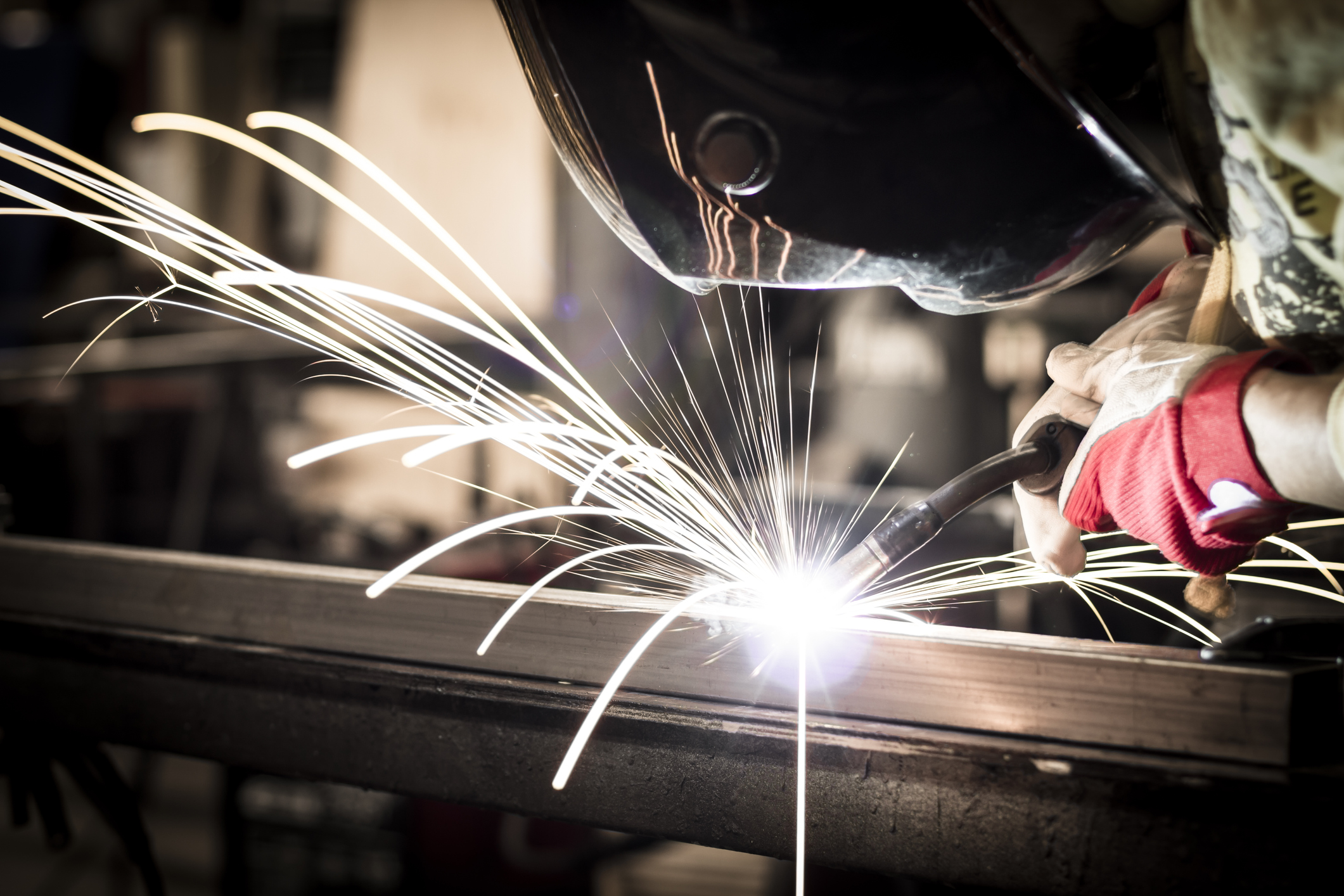Welding Safety: A new standard for fume control
Published on Posted onPlease note that this post was written for Victorian audiences and the information within may not apply to other regions.
On the 18th of January the Work Health and Safety Ministers agreed to an immediate reduction in the workplace exposure standards for welding fumes. The exposure standard for welding fumes has been reduced from an 8- hour time weighted average of 5mg/m3 to 1mg/m3.
Since 2019, three Victorian workers have died due to diseases caused by being exposed to welding fumes. Zaparas Lawyers currently act for a number of terminal welders suffering from lung cancer and therefore unfortunately this death rate will continue grow.
These reductions of the previous standards have been made to protect those who work within industries that are exposed to the fumes. WorkSafe Victoria have used this announcement of the changes as an opportunity to urge Victorian employers to assess their control measures for managing welding fumes.
The Welding Process
Welding is a common process across many industries, most prominently construction and manufacturing. It is estimated that there are more than 10 million welders worldwide. Welding and thermal cutting of metals and alloys can generate fumes, dusts, vapours and gases. The chemicals and metals within these can be toxic when volatilized from the welding electrode, flux material and metal being worked on. The content of the toxic exposures can include aluminum, cadmium, hexavalent chromium, manganese, iron oxide, vanadium, zinc, and copper in addition, gases including carbon monoxide, ozone, and nitrogen dioxide. Many of these have been classified as carcinogenic (cancer causing).
The health effects of exposures resulting from welding vary depending on factors including length and intensity of exposure, the materials involved and the worker’s ability to metabolise the chemicals. The particulates generated during welding and thermal cutting are very small and accordingly considered respirable. Exposure may result in immediate health effects, or it could take decades.
A 2023 study found that many people involved in welding lack awareness of the harm of welding fumes including that the International Association for Research on Cancer (IARC) classified welding fumes as being carcinogenic.
Occupational Diseases from Welding
Workers who are exposed to these fumes whilst welding or working near the vicinity of welding can develop occupational diseases such as:
- Irritation to the throat and larger airways in the lungs
- Acute irritant-induced asthma
- Metal fume fever
- Acute pneumonia
- Lung Cancer
- Ocular melanoma
- Chronic obstructive pulmonary disease (COPD)
- Welder’s Lung
- Occupational asthma
Under the model work health and safety (WHS) laws, employers must eliminate or minimise the risks to worker health and safety so far as is reasonably practicable, even those who have chemical exposure. An employer must also make sure that their employees are not exposed to any airborne contaminant above the concentration listed in the Workplace exposure standards. This new exposure standard reflects the airborne concentration of a particular substance or mixture that must not be exceeded and is the highest level that a person can usually be exposed to without adverse health effects occurring. Safe Work Australia states that exposure standards establish a maximum upper limit for exposure and employers should not consider these standards therefore as an acceptable level of exposure but instead aim to eliminate or misuse exposure to a level below the exposure standard.
Welding Control Risks
Under the Occupational Health and Safety Regulations 2017, employers are required to control risks with what is known as the hierarchy of control. It is important as an employer to be familiar with these processes and their new updates as they can help ensure your workers are safe during their work. Furthermore, it’s important that employers ensure the adequate implementation and use of the control measures. For instance, a recent survey of Australian welders found that half of those surveyed did not use ventilation nor air-supplied helmets and 2% didn’t use any protective equipment. This same study found that the major barrier to the use of control measures was seen to be the cost.
Process Controls
This method of fume control entails varying the way in which welding is performed at the workplace. Eliminating the welding process and replacing it with other fastening processes or purchasing prefabricated components is a strong method of stopping exposure entirely.
If elimination is not possible, substituting for a safer alternative can prove to be a productive action. Using a welding method that generates less welding fumes or even utilizing automation or robotics to weld materials.
Modification is another control to consider. Adjusting the settings and gases used can reduce the level and type of fumes that are generated.
This method of fume control entails varying the way in which welding is performed at the workplace. Eliminating the welding process and replacing it with other fastening processes or purchasing prefabricated components is a strong method of stopping exposure entirely.
If elimination is not possible, substituting for a safer alternative can prove to be a productive action. Using a welding method that generates less welding fumes or even utilizing automation or robotics to weld materials.
Ventilation Controls
There are different ways to control the ventilation of the workplace that can help navigate the dangers of welding in more confined spaces.
These types of Ventilation include:
- On-torch extraction
- Mechanical local exhaust ventilation (LEV)
- Flexible LEV
- Mechanical dilation ventilation (fans)
- Natural dilution ventilation
You can read more in depth about these varying Ventilation Controls here
Respiratory Protective Equipment (RPE):
Respirators are a type of personal protective equipment (PPE).
This is generally the least effective control measure and should only be relied on when the other levels of control are not practicable or as an interim measure until others are implemented.
What to do when exposed to Toxic Fumes
If you or someone you know has worked in an occupation in which there may have been exposure to a hazardous or carcinogenic substance or dust it is recommended that the person, see their general practitioner or specialist to determine if they have any conditions or diseases due to the nature of their employment. Given that the period between exposure and the onset of symptoms can be lengthy by decades for some diseases and illness, early preventative measures and detection is recommended. We also recommend you contact our specialist legal team who can help support you through this process.


